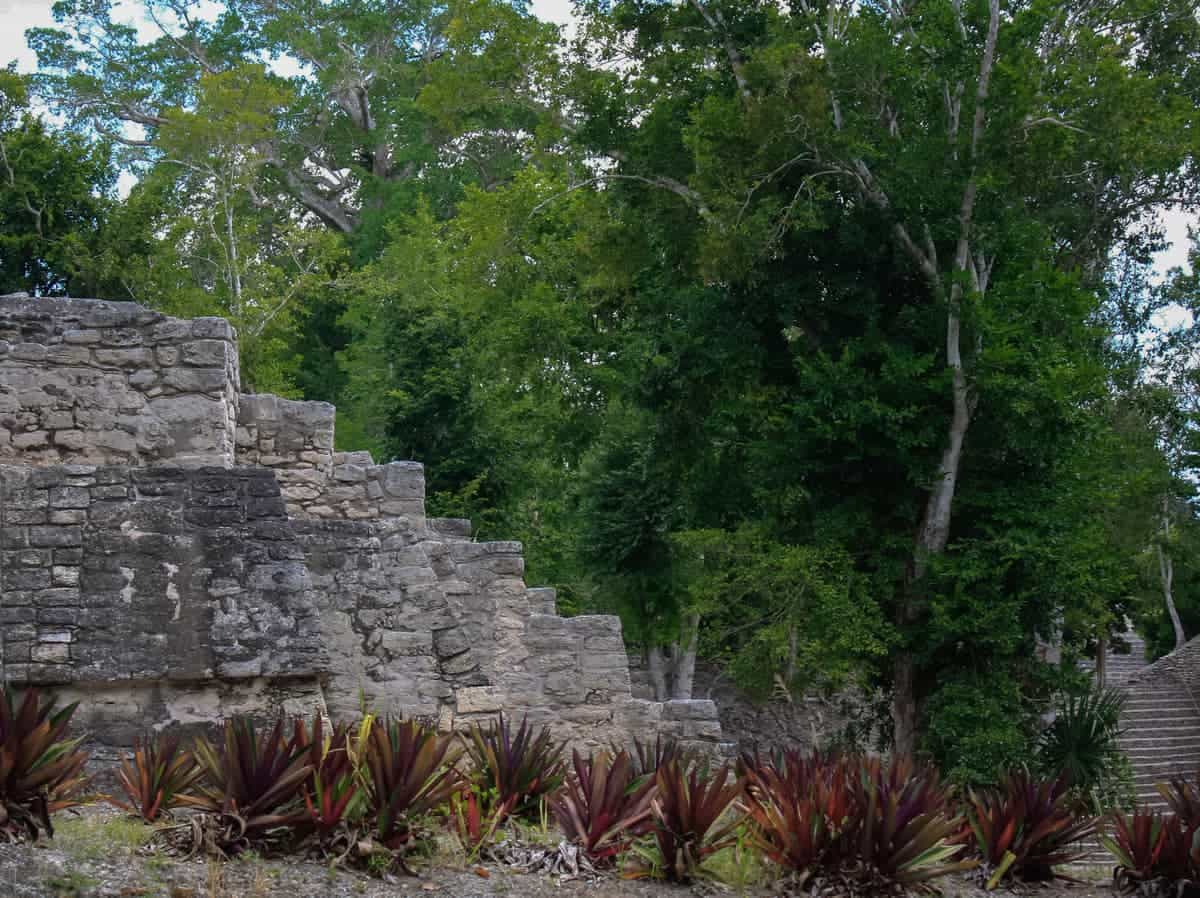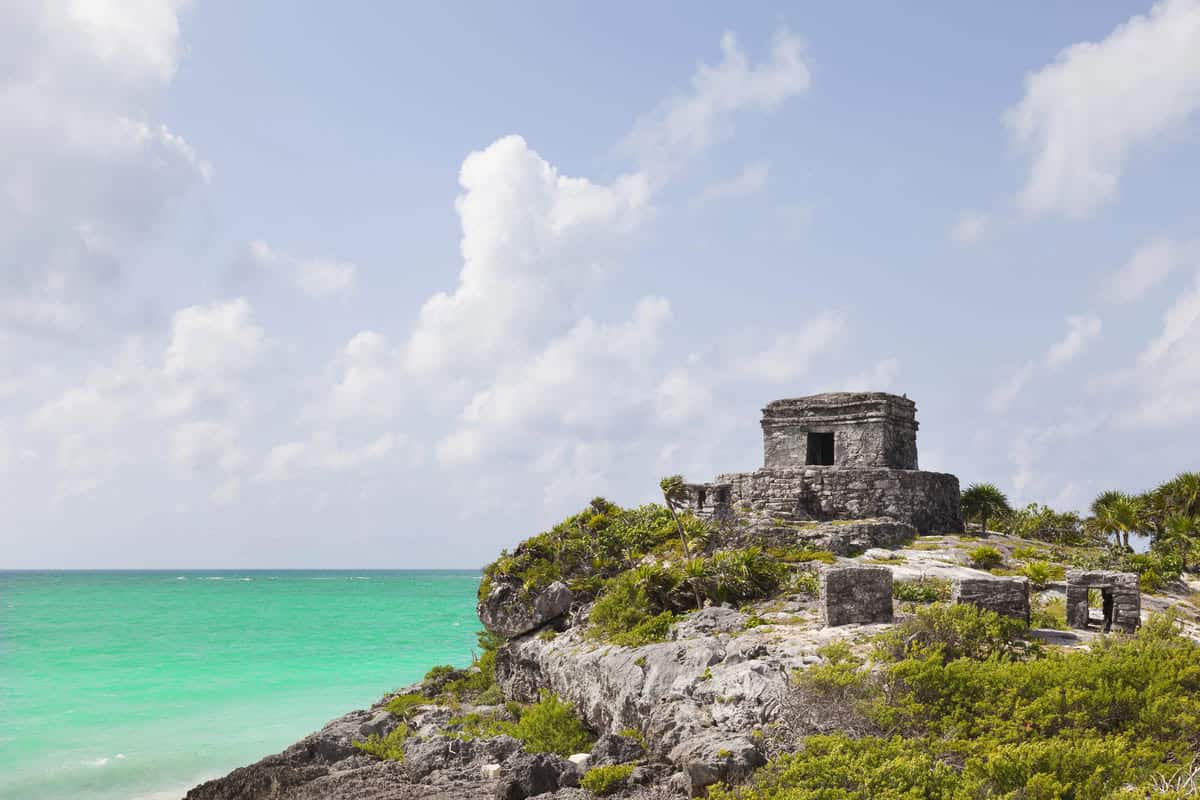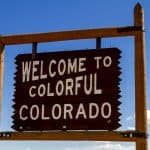When you hear about Mayan ruins, the first one that comes to mind is likely Chichen Itza, a UNESCO Heritage Site home to one of the World’s Seven Wonders. Or perhaps it’s the Tulum ruins, popular on social media for their picturesque location overlooking the turquoise Caribbean sea.
While the Mayan ruins of Chichen Itza and Tulum are undeniably remarkable, many other lesser-known archeological sites are also worth your attention and time.
A Brief Introduction to the Mayan History
Anthropologists and archeologists have long sought to understand the Mayan world. As they make discoveries within the ancient Mayan cities and bring to life new archeological finds, they slowly reveal the secrets, signs of wisdom, socioeconomic organization, and complexity of the Mayan civilization.
The Mayan populations occupied the vast land now known as the Yucatan Peninsula, Chiapas, Tabasco, Belize, and Guatemala.
According to official sources, the rise and fall of the Mayan civilization spanned 1500 B.C.E. to 1500 C.E. — over 3,000 years. While historians can point to a variety of small factors, from fighting over territory to droughts to the impact of Spanish colonizers, that may have contributed to the Mayans’ downfall, there is no clear answer.
5 Lesser Known Mayan Ruins

Living in Mexico, I have been exploring the Mayan ruins and learning about the Prehispanic civilization for over a decade. I discovered there are far more ruins in the Yucatan Peninsula than most travelers realize, each with their own unique charm and intriguing history.
1. El Meco
Not many people know about these small but pretty Mayan ruins near Cancun’s downtown. If you want to escape from the beach and sun, I recommend visiting this tiny and peaceful site, which is only a 30-minute drive from the Cancun Hotel Zone.
Although you can only see a few structures, including three plazas and the castle, the site buildings are scattered around a lush vegetation home to local wildlife, including coatis, iguanas, and many different bird species.
According to historians, this Mayan city was mainly an economic and religious center, possibly influenced by the location by the sea and right in front of Isla Mujeres, an important religious place of pilgrimage for the ancient Mayans.
The architectural style is typical of the coastal areas of the early stages of the Mayan civilization, now the Riviera Maya. These are very simple structures – nothing like you see in Chichen Itza or Uxmal.
Pro Tip: During the spring equinox and summer solstice, ceremonies may be held at these pretty archaeological sites, and anybody is welcome to attend.
Opening Hours: 8 am -5 pm
Entry Fee: $4.50 USD / 75 MXN
2. Ek Balam
The Acropolis of Ek Balam is one of the most significant Mesoamerican buildings in understanding northeastern Yucatan Peninsyla’s ancient history. The city’s architectural and artistic achievements, including murals, stelae, and ball courts, influenced neighboring sites, including the majestic Chichen Itza.
Ek Balam is 500 ft by 200 ft—one of the largest excavated areas on the peninsula—and is protected by three defensive walls and five sacbés, or Mayan roads. The area has 45 ruins, including pyramids, palaces, and ball courts.
If you want to visit Ek Balam, rent a car or join organized tours from Cancun or Playa del Carmen. Tours usually combine the visit to Ek Balam to Rio Lagartos, where you see pink flamingos and the pink Lake of Las Coloradas — a perfect combination for a one-day itinerary in Yucatan.
Opening Hours: 9 am to 5 pm (last entrance at 4 pm)
Entry Fee: $29 USD / 531 MXN
3. Mayapán

The Mayan ruins of Mayapán were the last great capital of the Mayans in the Yucatán Peninsula. From 950 to 1500 AD, Mayapan was at its apogee, but internal conflicts eventually destroyed it.
Despite its violent end, Mayapán was a vibrant cultural and economic hub, welcoming traders and foreign influences, including the Aztecs.
Although this site is temporarily closed, it deserves a mention for its historical importance – and beauty. Mayapán usually offers a solstice and equinox light and shadow phenomenon similar to Chichen Itza, but less renowned and crowded and, therefore, more enjoyable.
This Mayan archeological site has been wrongly overlooked and deserves a visit, especially if you are traveling on your own by car on the Yucatan Peninsula.
Walking around this Mayan City, you can admire the following structures:
Fisherman’s Temple
A structure with a palapa roof protects a beautiful painting of a Mayan fisherman in a blue sea. Surprisingly, the painting is very well-conserved.
Kukulcán Castle
Unlike the Chichen Itza pyramid, you can climb to the top of the Kukulcan Castle in Mayapan and enjoy spectacular views of the entire perimeter of the city. However, don’t miss the beautiful frescoes and figures carved in stone and stucco at the castle’s base.
Ch’en Mul cenote
Stop by the cenote beside the Kukulcan Temple. Although you cannot swim in it, you can admire its beauty. If you visit in April or May, it’s the best time to see the colorful Toh bird flying around.
The Observatory
Also known as the Round Temple, the Observatory is a magnificent structure that resembles the Chichen Itza Chichen-Itza Observatory. However, it is unlikely that it had the same function because it was not high enough to see above trees and did not have windows on the upper parts.
Other structures worth visiting are the Temple of Venus, the Oratory, and the Temple of Warriors. Most of the temples can be climbed, and from the top, you can enjoy a spectacular view of the entire city, which is immersed in the thick jungle.
Opening Hours: 8 am – 5 pm
Entry Fee: $3.50 USD /65 Pesos
Note: There are restrooms available, but there is no guide service. Also, make sure you bring water with you, as the closest town where you can purchase it is Telchaquillo.
4. Calakmul Biosphere and Mayan Ruins
Calakmul is one of the largest cities in the Maya region. Located in the Campeche area, within the second-largest natural reserve in the Americas, the Calakmul Biosphere Reserve was established in 1989. UNESCO recognized it as a World Heritage Site in 2002 and later designated it a Mixed Natural and Cultural Heritage Site in 2014.
I find this area very underrated and rarely advertised, which is probably why it looks so authentic and wild. This may change, however, with the construction of the new Mayan train.
Calakmu covers an area of 27 square miles and boasts majestic structures, like the 180-foot-high Structure II, and numerous stelae detailing the city’s history.
The best way to explore Calakmul is to spend a few nights in one of the nearby lodges. Here, you can have the authentic jungle experience by waking up to the sounds of birds, watching tucans, and discovering other local wildlife.
In the nearby town of Xpujil, you will find the official tourist office where you can book guided tours of the area with local experts. They will take you to local communities and other hidden Mayan ruins, such as Balamku and its unique stucco freeze, Xpujil, Becan, Chicanna, and many more. Mind that you will need your own car; local guides don’t offer transportation.
Access to the site is limited at the moment due to roadwork for the Mayan train. Since the situation constantly changes, consult the official Visit Calakmul Facebook page for updated information.
Pro Tip: Regardless of how long you are in the area, plan one full day to visit Calakumul. Hiring a local guide to better understand this magnificent piece of Mayan history is best.
5. Uxmal and the Ruta Puuc
Uxmal is the most popular and biggest Mayan ruins of the Puuc Region and, of course, the most visited. However, consider including the other excellent sites nearby in the so-called Ruta Puuc, Kabah, Sayil, Xlapak, Labná, Oxkintok, Calcehtok Caves, and the Loltún Caves.
The Puuc region covers the north of Yucatán and the south of Campeche. Puuc means small hill, and this area is 300 mt in elevation, the highest on the Yucatan peninsula.
With no nearby water sources at this far elevation, the Mayan settlement had to rely on rain for water supplies. For this reason, you will find a lot of chultuns, ponds, cisterns, and ducts to collect the water, and many representations of Chaac, the god of rain, which they worshipped and prayed for an abundance of rain.
The spectacular Uxmal site exemplifies Puuc architecture with intricate stone mosaics, human and animal figures, and structures honoring the god Chaac. Temples and grand esplanades were also prominent in this area.
You will find amazing Haciendas and cute hotels nearby where you can spend a few nights and enjoy the whole authentic Mayan jungle experience.
Opening Hours: Monday to Sunday from 8 am – 5 pm (last entrance at 4 pm)
Entry Fee: $30.75 USD / 512 Pesos
Should I Skip Chichen Itza, Then?
Absolutely not! If you have never been to Chichen Itza, it’s a once-in-a-lifetime experience. For this reason, it’s a UNESCO World Heritage Site and one of the world’s seven wonders.
However, visiting these lesser-known Mayan ruins will give you a broader perspective of the grandeur of the Mayan civilization and how it has influenced modern Mexican culture.
This article originally appeared on Travel Binger.







